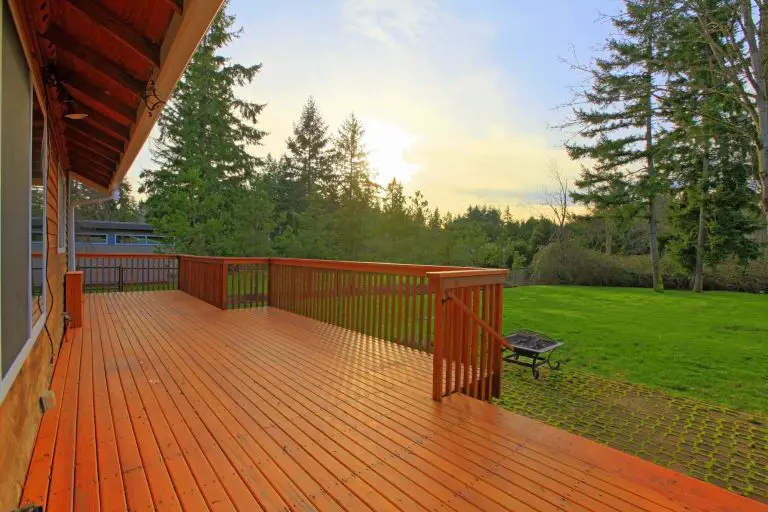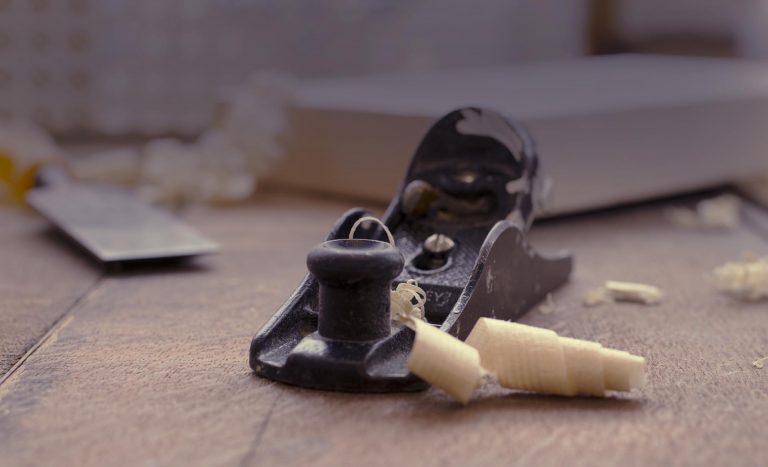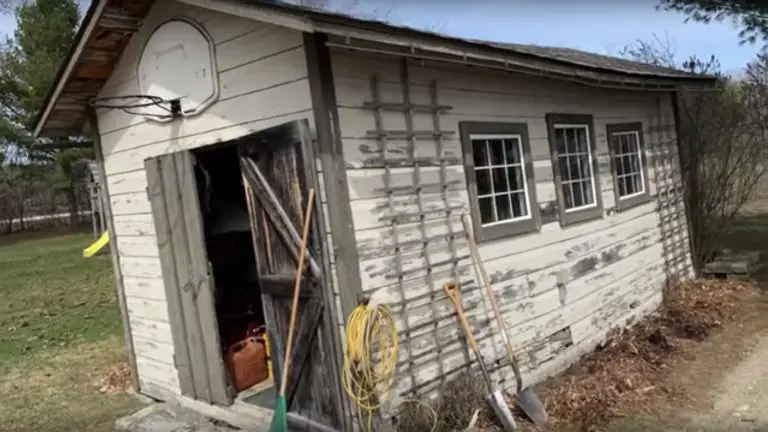A: Potlights are also called recessed lighting in the industry, and they’re a terrific feature when used properly. But besides differences in looks, there are technical details you need to understand for proper installation. It’s a good thing you asked.
 The most crucial issue is the need to choose a sealed fixture if you live in a cold climate and the area above the light isn’t heated. Light fixtures that are sealed against air movement carry the designation IC. This stands for “insulation contact” and it means two things. First, you can place attic insulation in contact with IC fixtures with no fear of fire. And second, the IC design means that warm, moist indoor air can’t migrate up through the fixture and condense in the attic during winter. The fixture is sealed against air leakage. If air leakage were allowed to happen, the resulting frost and water build up in the cold area would damage the fixture and your home. Non-IC recessed fixtures are common but you must never use them if the area above the light is unheated, such as an attic or cathedral ceiling. You can certainly use non-IC fixtures in ceiling areas between floors of your home.
The most crucial issue is the need to choose a sealed fixture if you live in a cold climate and the area above the light isn’t heated. Light fixtures that are sealed against air movement carry the designation IC. This stands for “insulation contact” and it means two things. First, you can place attic insulation in contact with IC fixtures with no fear of fire. And second, the IC design means that warm, moist indoor air can’t migrate up through the fixture and condense in the attic during winter. The fixture is sealed against air leakage. If air leakage were allowed to happen, the resulting frost and water build up in the cold area would damage the fixture and your home. Non-IC recessed fixtures are common but you must never use them if the area above the light is unheated, such as an attic or cathedral ceiling. You can certainly use non-IC fixtures in ceiling areas between floors of your home.
Another issue you should know about has to do with bulb type and voltage. Will you go for low-voltage fixtures or regular 120-volt lamps?
 It used to be that low-voltage MR16 fixtures and bulbs looked best. This is why interior designers loved the MR16. The problem with low-voltage MR16 fixtures is that they’re expensive because they include an internal transformer that steps down household voltage from 120 to 12 volts. These transformers also stop working sometimes and need to be replaced. This is an old-style, low-voltage fixture you see here.
It used to be that low-voltage MR16 fixtures and bulbs looked best. This is why interior designers loved the MR16. The problem with low-voltage MR16 fixtures is that they’re expensive because they include an internal transformer that steps down household voltage from 120 to 12 volts. These transformers also stop working sometimes and need to be replaced. This is an old-style, low-voltage fixture you see here.
These days a much, much better option are recessed fixtures that use 120 volts, but they hold small bulbs that have all the good looks of the old MR-16 low voltage bulbs. Besides being simple and more reliable (no transformer to go wrong), 120 volt fixtures are very economical to buy. You can get five of these fixtures for the cost of one of the old, low-voltage ones. Use an LED 120 volt bulb and your recessed fixtures will run cool and last a long, long time.











